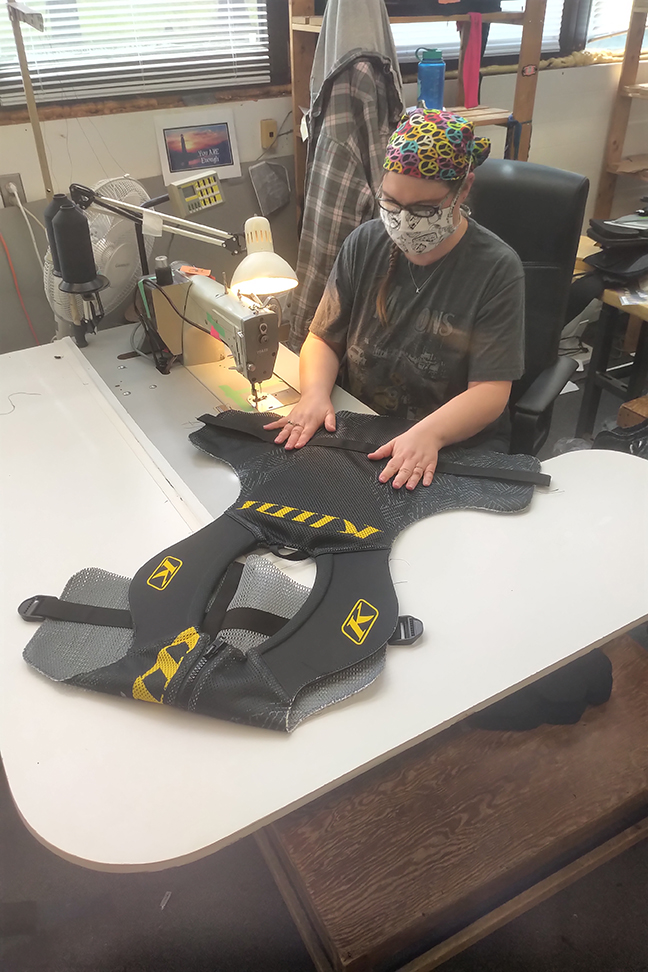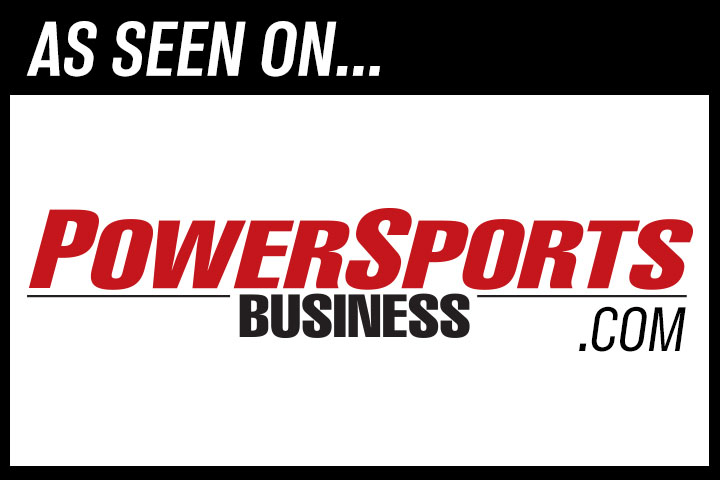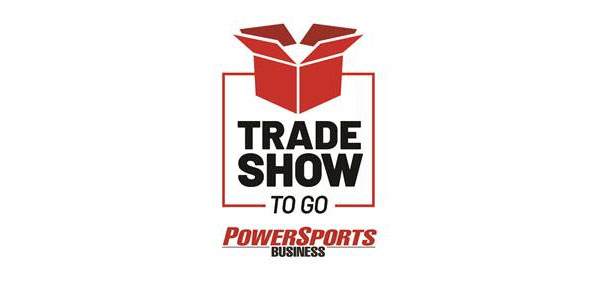PPE now part of product lineup for accessory company
An industry company that was already in the business of making personal protective equipment has launched PPE for healthcare personnel since the onset of COVID-19. Powersports Business staff reporter Nick Longworth found out how the new products evolved.
From protective vests to masks, gowns and other personal protective equipment (PPE), Tekrider of Minden, Ontario, continues to keep those who enjoy powersports safe to ride another day.
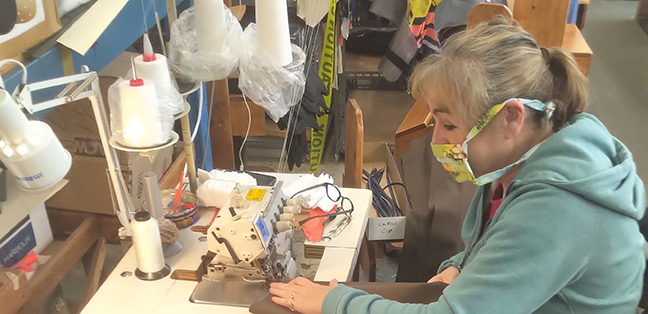
After the onset of COVID-19 throughout the U.S. in mid-March, founder Steve Brand decided to make the switch from manufacturing its popular Tekvest to manufacturing PPE for healthcare. It was a decision borne of both empathy and solid business sense, and an idea that naturally came to him doing what he loves best — riding during a late-season snowmobiling trip.
“[COVID-19] happened here in Ontario around March 20, and they closed the trails… The day we were riding, restaurants were shutting down and people were scrambling for hand sanitizer. We were on the trails for two days and were lucky to find gas to get back home. I knew then what was about to happen, so I phoned back to the shop and we started contacting our sources,” said Brand. “At that time there was a lot of conversation, but basically Ontario went into lockdown on March 21. We all had to self-isolate for two weeks, and during that period I saw there was an opportunity for us to bring folks back to work, and use our facility to produce PPE. It was easy for us to do so, because we were already in the cut-and-sew business. We just had to come up with some prototypes. We worked really hard to get the needed fabrics, and changed our floor spacing to add about a half dozen new specialized machines to handle this type of work.”
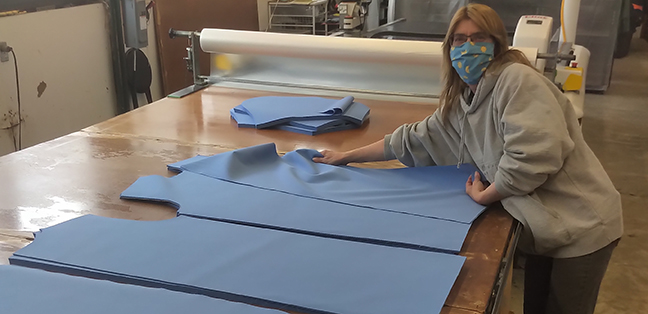
Introduced in 1996, the Tekvest — produced by Tekrider — has become the standard of safety vests throughout the powersports industry. Brand said Tekvest sales were up more than 30 percent year-over-year, with orders in place to increase the margin to more than 50 percent before the switch.
“We put the Tekvest aside to create the PPE for medical use,” said Brand.
No stranger to PPE having served in the military himself previously, Brand was encouraged to make the switch by both his drive to help others, and also to bring back a working staff that wanted to earn paychecks. Of the 20 staff members employed at the time of shutdown, 15 have since returned. To increase output, a network of 30 home-based sewers has also been established.
Through its website, Tekrider is currently offering facemasks for $8 (or $6.50 for essential service) and gowns for $38 (or $32), with a note that caps will be available for purchase soon.
“We’ve been making PPE for almost 24 years… We just switched from making PPE for dirt bikes and sleds, to PPE for medical use,” said Brand. “We were able to bring most of our guys back to work because we were declared an essential service. We have a great team, and morale is high… A lot of people are closing and there have been estimates that 30 percent of small businesses will never re-open, but we’re in a position where we’re looking to hire people. We’re hoping to find some talent to teach how to sew. We’re all trying to make a difference, and our unanimous feedback has been positive.”
In late-May Tekrider was granted a Medical Device Establishment License from Health Canada. The MDEL authorizes the company to manufacture Class 1 devices such as hospital gowns and caps for governmental use.
Brand says outsourcing within the industry has led to a dependency on importing equipment and materials to produce PPE, for both consumer and medical purposes.
“We moved very quickly to produce non-medical facemasks, and Class 2 gowns and caps. But this is a significant development that will see us increasing production staff,” said Brand.
Uncertain of how long the transition of production will last, Tekrider plans to produce PPE in the meantime as long as there is a need, and a demand.
“All we do is cover our costs, and mark it up 20 percent to cover everything else. It’s essentially near break-even, but we’re getting people back to work. Everybody is adjusting to the new reality,” said Brand. “One of the unexpected consequences of COVID-19 has actually given us an opportunity to grow. This has forced us all to reevaluate what we can do, and it was the right thing to do.”
